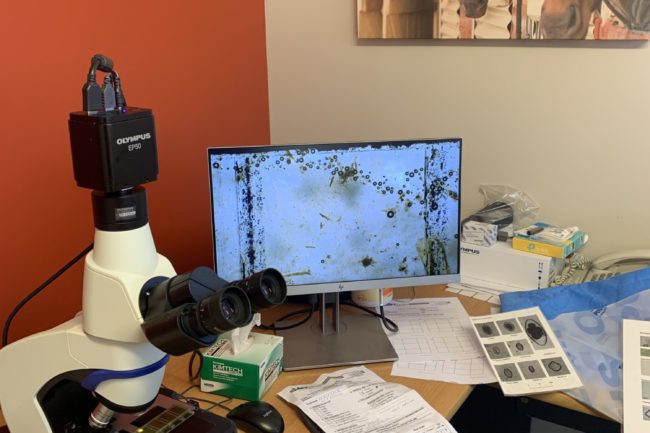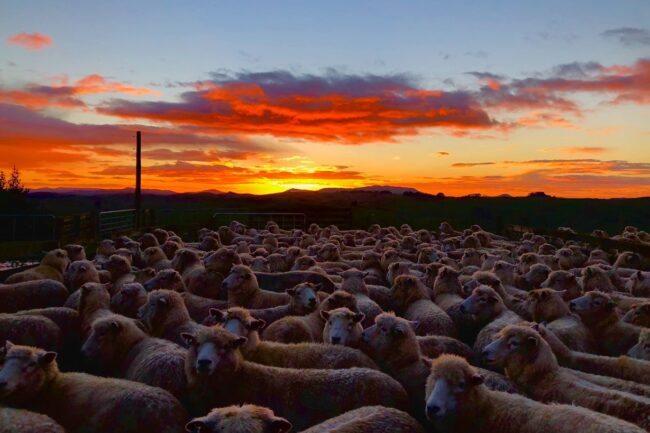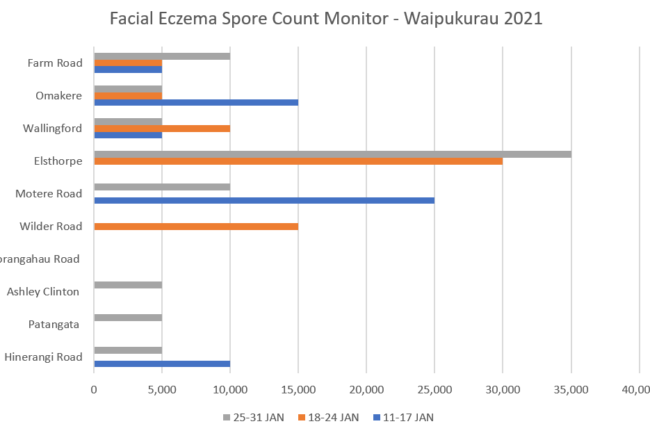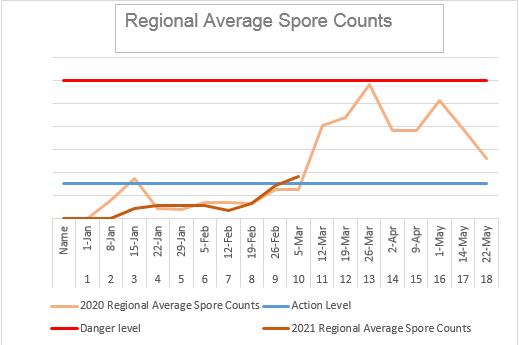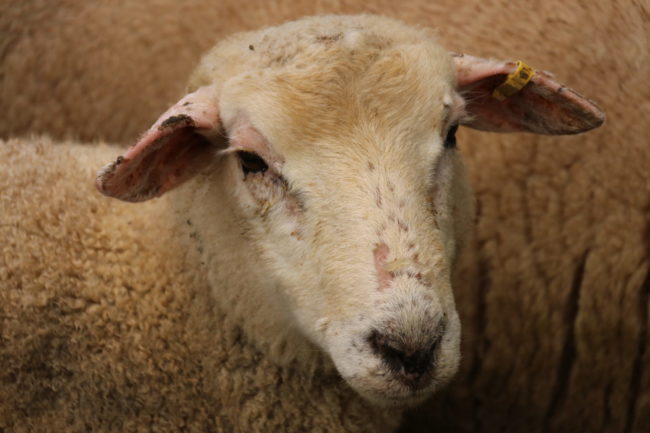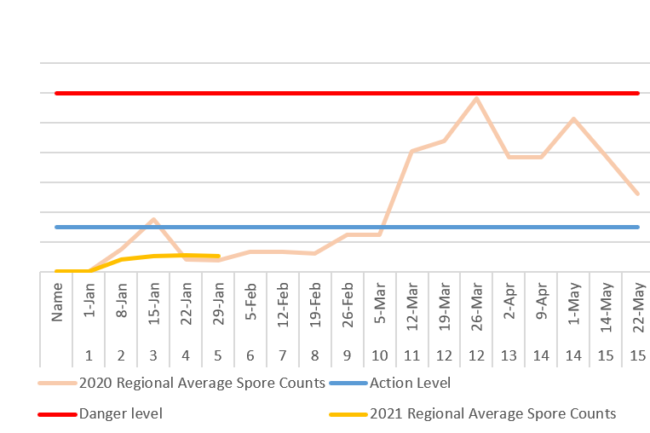GET READY FOR DRY-OFF THIS AUTUMN
With the typical Hawkes Bay summer weather upon us it is time to start thinking about the wind-up of this milking season. There are many aspects to consider when it comes to drying off your herd (think BCS, long term weather forecasts, expected calving dates, production goals etc), but on the top of the list…
Details






